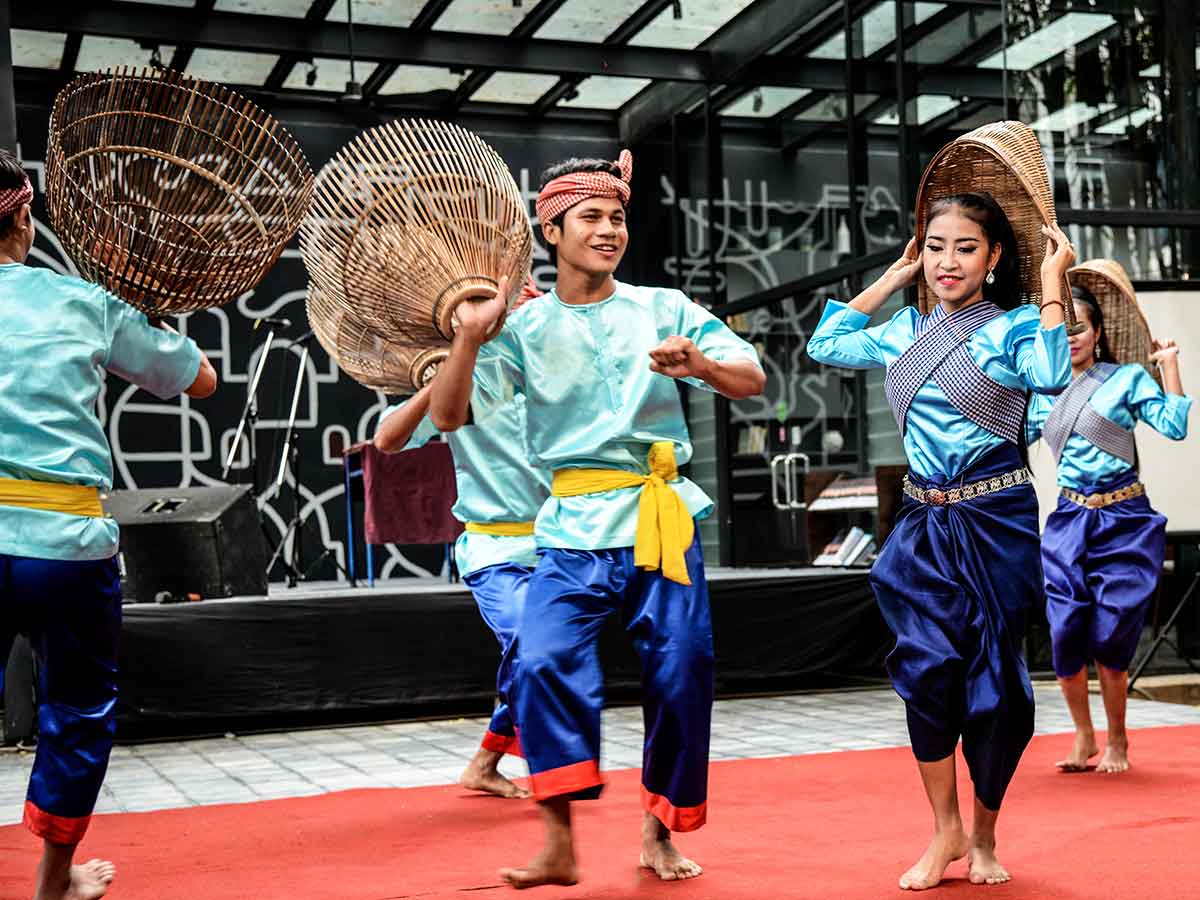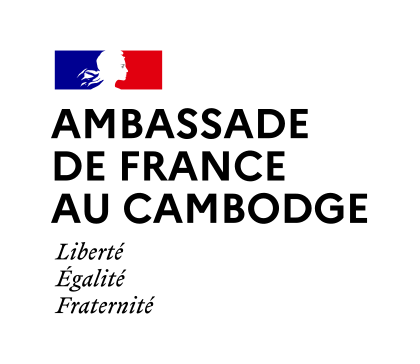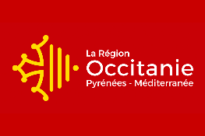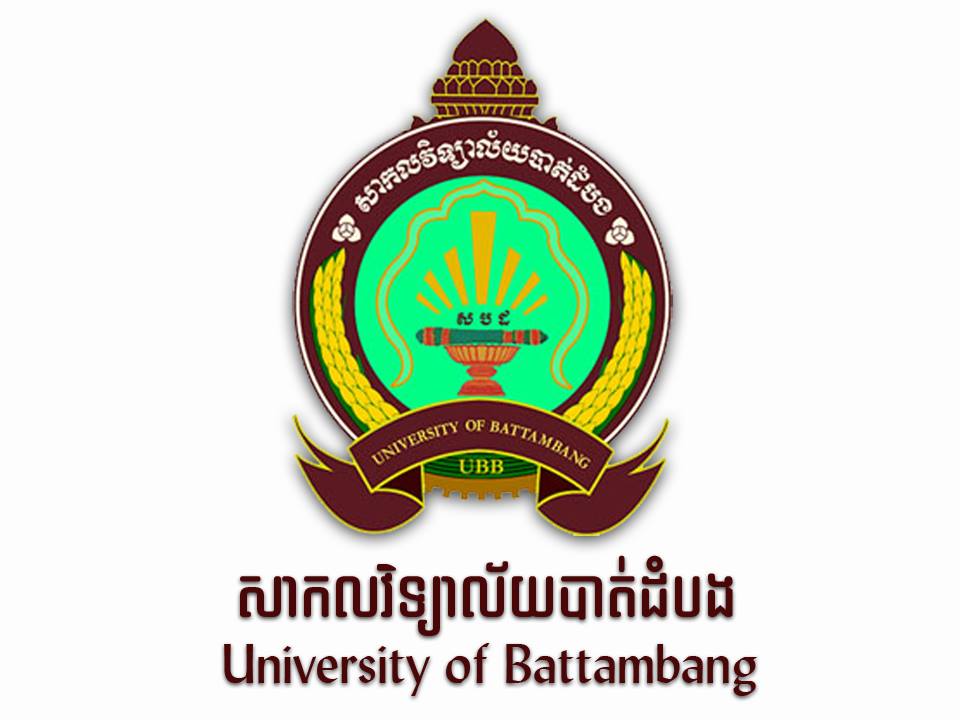Identity card
- Official name: Kingdom of Cambodia
- Location: Surrounded by Thailand to the west, Laos to the north, Vietnam to the east and the Gulf of Thailand to the south-west for its access to the sea
- Currency: Nation, Religion, King
- Area: 181,035 km², 25 provinces
- Population: 16.7 million inhabitants (2020)
- Currency: the Riel but the US dollar is widely used ($1 = approx. R 4000)
- Capital city: Phnom Penh
- Other major cities: Siem Reap, Battambang, Sihanoukville
- Official language: Khmer
- Religions: Theravada Buddhism (state religion) (97%), Islam (Cham 2%), other religions
- Ethnic groups: Khmer in majority, Vietnamese, Cham, Chinese and several ethnic minorities, mostly located in the north-east of the Kingdom
- Type of regime: Constitutional monarchy
- King of Cambodia: S.M. Norodom Sihamoni (since 15 October 2004)
- Prime Minister: Mr Hun Sen (since 30 November 1998)
- Human Development Index: 144th out of 189 countries
- Literacy rate: 80.5% (92.2% among 15-24-year-olds)
- Life expectancy: 69.8 years
- Time zone: CET +6 hours in winter, CET +5 hours in summer
- Working hours (administration): 7:30-11:00 then 14:00-17:00; closed Saturday afternoon and Sunday
(Sources: demographic and socio-economic data: World Bank, UNDP, UNESCO)
General presentation
Cambodia in South-East Asia
Cambodia is set to occupy an important diplomatic position in the region as the Kingdom has taken over the rotating chairmanship of the Association of South-East Asian Nations (ASEAN) in 2022 and plans to host the South-East Asian Games (SEA Games 2023) in Phnom Penh in 2023, after massively vaccinating its population during the COVID-19 pandemic and reopening the country to vaccinated tourists since 1 April 2022.
Climate
Cambodia has a tropical climate, with two seasons that punctuate the year. The dry season, with very little rain, runs from November to April. The wet season, with heavy rain or thunderstorms at the end of the day and at night, lasts from May to October.
Daily temperatures range from 25 to 35°C in the ‘cool’ season of December-January, and from 35 to 40°C in the hottest months of April and May.
A little history to understand the country
- From the 9th to the 13th century: the Great Khmer Empire, of which Angkor is the capital, is at its peak.
- 1863: undergoing revolts linked to strong pressure from the Siamese (Thailand) and the Vietnamese, Cambodia is placed under a French protectorate.
- 1941: Norodom Sihanouk is crowned King of Cambodia.
- 9 November 1953: France grants independence to Cambodia.
- 1955: Norodom Sihanouk abdicates in favour of his father, Norodom Suramarit, in order to fulfil a political role and becomes Prime Minister.
- 1960: on the death of King Suramarit, Norodom Sihanouk becomes Head of State of a monarchy without a king.
- 1970: deposition of Norodom Sihanouk by a coup d’état and creation of the Khmer Republic, supported by the United States. Extension of the Vietnam War to Laos and Cambodia.
- 17 April 1975: Arrival of the Khmer Rouge in Phnom Penh and start of the genocide.
The state of ‘Democratic Kampuchea’ is founded. Norodom Sihanouk, who had supported the Khmer Rouge after being deposed, becomes Head of State. But a year later he resigns from his position. He is replaced by Khieu Samphan, but in reality, the actual leader was Pol Pot.
- 7 January 1979: the Vietnamese army invades and occupies Cambodia, causing the collapse of the Khmer Rouge. Birth of the People’s Republic of Kampuchea, a pro-Vietnamese government. Repopulation of the cities with the survivors, mostly people from the countryside. New exodus of the population in the face of this invasion, creation of refugee camps in Thailand.
- 1982: In exile, supporters of Norodom Sihanouk, Republicans and the Khmer Rouge form a coalition to fight the pro-Vietnamese government.
- 1989: the Vietnamese forces leave Cambodia.
- 1991: international conferences leading to the Paris Agreements for the reconstruction of Cambodia
- 1993: the UN organises the first democratic elections in Cambodia to elect the legislative assembly. Sihanouk’s party wins, the parliamentary monarchy is re-established, and he becomes king again. Formation of a government comprising two prime ministers, Norodom Ranariddh, son of Sihanouk, and Hun Sen of the Cambodian People’s Party (CPP), who came second.
- 2004: Norodom Sihamoni succeeds his father, Norodom Sihanouk, who abdicates.
- 2008: legislative elections won by Hun Sen’s CPP
- 2012: death of King Norodom Sihanouk
- 2013: the CPP wins the legislative elections again, a victory contested by the opposition CNRP, which scored a record 44%. Numerous demonstrations take place.
- 2018: the CNRP, considered by the government as a ‘threat to national security’, is dissolved by the Supreme Court a few months before the new legislative elections, which are therefore won once again by the CPP. As a result of the international community’s reactions, tensions between the international community and Cambodia arise.









